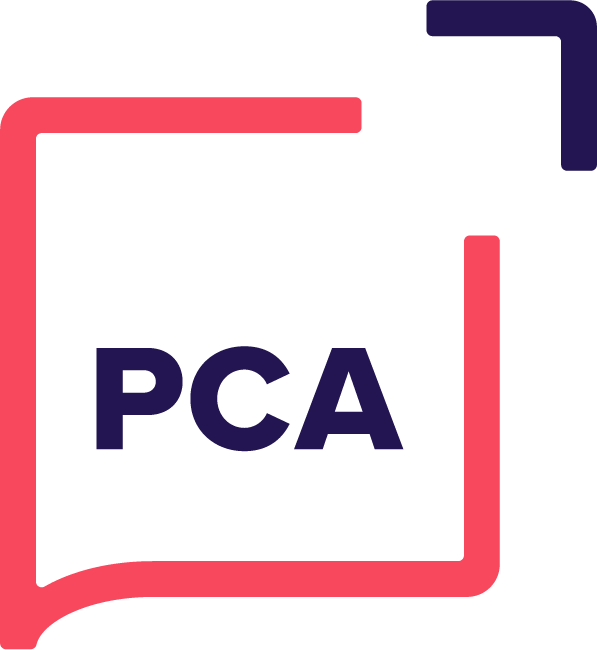Josh Kaufmann, founder of PersonalMBA.com has been making dents in our learning processes through his book, The First 20 Hours: How to Learn Anything… Fast.
In this Book Kaufmann teaches you how learning a new skill can be done in 20 hours or less, without quitting your day job or sacrificing time with your family. Sounds too good to be true? Kaufmann suggests he has learnt to do the following in just 12 months
1. How to code.
2. How to do yoga.
3. Learned how to windsurf.
4. How to play the ukulele.
5. How to play Go.
6. How to touch type (again).
7. How to shoot and edit a movie.
How? It’s not rocket science says Kaufmann. If you’re smart about your learning, you can go from knowing absolutely nothing about it to being quite skilled in only a few hours. Put in as little as 20 hours of focused, deliberate practice, and you’ll easily outperform 99% of the human population.
Kaufmann’s learning methods focus on practicing in an intelligent and strategic manner and it goes something like this;
The Kaufmann learning strategy
1. Set a concrete, specific Target Performance Level
Setting a target performance level makes it much easier to identify exactly what you’ll need to actually practice. It sounds simple, but this is an extremely common point of failure: most people never decide what they want, so it’s impossible to figure out how to get it.
2. Deconstruct the skill
Most of the things we think of as skills (like “public speaking” or “playing the piano”) are actually bundles of smaller sub-skills that are used in combination. By breaking the skill into more manageable parts, practice becomes less overwhelming, and you can work on improving one sub-skill at a time.
Like so many things in life, skills follow the law of critical few(often referred to as “Pareto’s Law” or the “80/20 principle”). Breaking down the skill into smaller parts is the first step in figuring out which sub-skills are critical.
3. Use 80/20 research tactics to unearth the most important subskills, quickly
Next, find resources about the skill. Don’t try to finish them all in detail: skim them all, consecutively. The most important techniques and ideas will appear often, in multiple sources, allowing you to establish which sub-skills are critical with more confidence. Seek to identify these patterns.
An hour or two of research is all you need: too much research is a subtle form of procrastination. You want to do just enough research to identify the critical sub-skills (and patterns), avoiding the inefficiency of “just getting started” without actually achieving anything but internet scrolling.
4. Anything that gets in the way of focused practice is an enemy that must be destroyed
The more effort it takes to sit down and begin, the less likely you are to practice. Instead of relying on willpower to force yourself to practice, it’s always more effective to change your environment to make practicing as easy as possible.
5. Use precommitment psychology to break through early resistance
This Kaufmann explains is the moment of truth: are you willing to rearrange your schedule to complete at least 20 hours of deliberate practice? (That’s roughly 45 minutes of practice a day for the next 30 days.)
Sit down, take out your calendar, and do the math. When exactly are you going to practice? What are you going to give up, reschedule, or stop doing to make the time? If you don’t commit the time – wave goodbye to skill learning.
And, there you have it – an explosive way to learn a new skill. Let me know what you think if you try out this method. Kaufmann is certainly kicking up a storm in corporate America.


